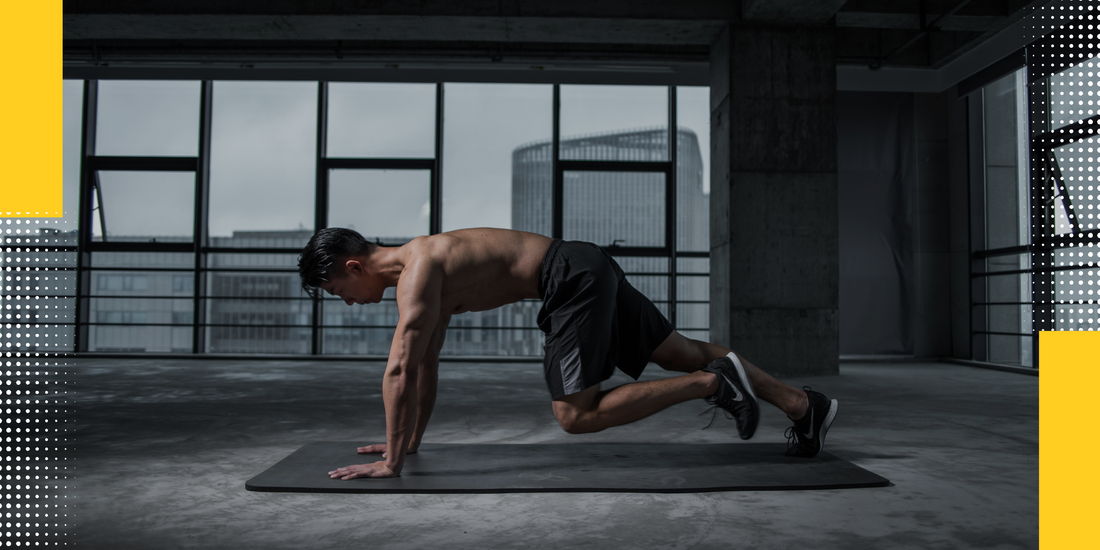
Mastering the Art: A Guide to Proper Form and Technique in the Gym
Share
Embarking on a fitness journey is an exhilarating experience, but it's essential to prioritize safety and effectiveness to achieve lasting results. One key factor that often gets overlooked is the significance of proper form and technique in the gym. Whether you're a seasoned gym-goer or a beginner, mastering the art of correct form is crucial for preventing injuries, maximizing results, and ensuring long-term success in your fitness endeavors. In this detailed guide, we'll delve into the intricacies of proper form, providing comprehensive tips for various exercises and offering in-depth advice on how to integrate sound technique into your workout routine.

The Importance of Proper Form:
Injury Prevention: Proper form is your first line of defense against injuries. When you execute exercises with the correct form, you not only reduce the risk of acute injuries like sprains and strains but also safeguard against chronic issues that can arise from improper biomechanics over time. A focus on safety ensures that you can consistently push your boundaries without fear of setbacks.
Muscle Engagement and Targeting: The art of proper form goes beyond lifting weights; it's about precision in muscle engagement. Correct form ensures that you target the intended muscle groups during each exercise. Whether it's a squat, deadlift, or bench press, understanding the biomechanics involved allows for optimal muscle activation, leading to more effective workouts and targeted muscle development.
Efficiency and Results: Proper form enhances the efficiency of your workouts. It's not just about going through the motions but executing each repetition with intention. This focus on form facilitates the full range of motion, maximizing the benefits of every exercise and promoting overall muscle development. In essence, you achieve better results in less time.

Tips for Proper Form in Key Exercises:
Squats:
- Maintain a shoulder-width stance, toes slightly turned out.
- Initiate the movement by hinging at the hips and bending at the knees.
- Ensure your knees track in line with your toes, not extending beyond.
- Keep your back straight, chest up, and core engaged throughout
Deadlifts:
- Start with your feet hip-width apart, toes pointing forward.
- Hinge at your hips, keeping your back flat and chest up.
- Bend your knees as you lower, maintaining a neutral spine.
- Grip the bar with hands just outside your knees, and lift with your hips and legs, not your back.
Bench Press:
- Lie flat on the bench, feet planted firmly on the ground.
- Grip the barbell with hands slightly wider than shoulder-width.
- Lower the bar with control, elbows forming a 90-degree angle.
- Press the bar back up, fully extending your arms without locking your elbows.
Overhead Press:
- Stand with feet shoulder-width apart, core engaged.
- Hold the barbell with a grip slightly wider than shoulder-width.
- Press the bar overhead, extending your arms fully without arching your back.
- Keep your core tight to maintain stability throughout the movement.

Integrating Proper Form into Your Routine:
Start with Light Weights: Begin each exercise with a weight that allows you to focus on perfecting your form. This not only minimizes the risk of injury but also enables you to establish proper movement patterns.
Use Mirrors: Utilize gym mirrors strategically to monitor your form from different angles. Observing yourself can provide valuable feedback and help you make real-time adjustments to your technique.
Seek Professional Guidance: Consider investing in a few sessions with a certified personal trainer, especially if you're new to the gym or trying to refine your form. A professional can assess your movement patterns, correct your form, and provide personalized guidance to optimize your workouts.
Conclusion:
Mastering the art of proper form and technique is not a one-time achievement but a continuous journey of refinement. By prioritizing safety, precision in muscle engagement, and the efficiency of your workouts, you'll not only prevent injuries but also optimize your training for maximum results. So, the next time you step into the gym, remember that the devil is in the details—precision and control are the keys to unlocking your full fitness potential.
